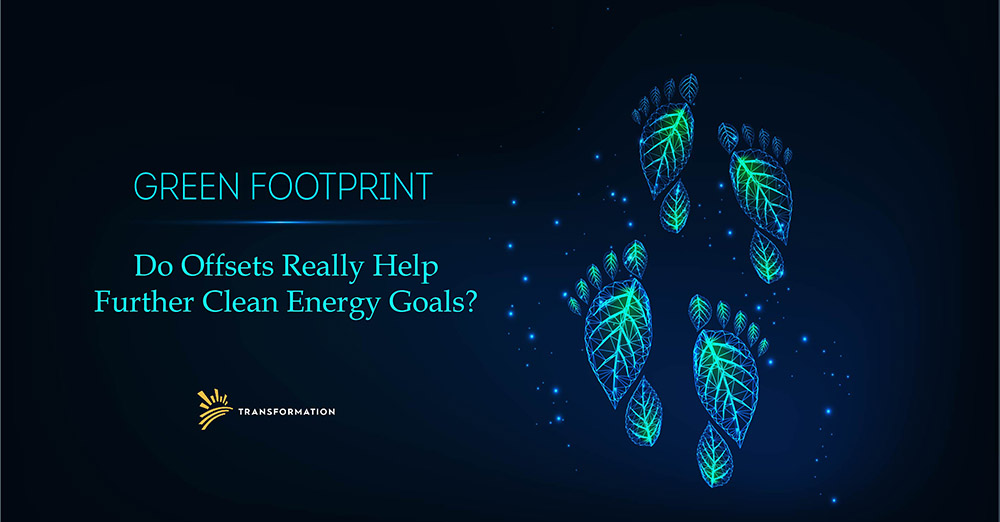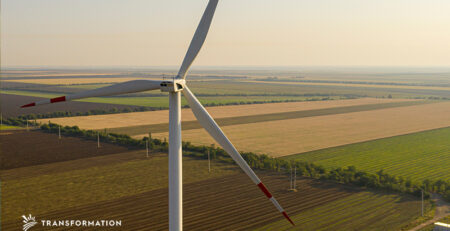Do Offsets Really Help Further Clean Energy Goals?
What are Carbon Offsets?
Millions of tons of carbon dioxide are emitted every year from activities like air travel, infrastructure, shipping, production, and more. Carbon offsetting is the idea that you can pay money to compensate for your own carbon footprint or emissions output. You’re basically trading your output for a project that reduces greenhouse gases (GHGs). For example, if you’d like to offset the carbon emission produced by taking a 5-hour flight, you might purchase a carbon offset from a company that is investing in projects that build solar farms. You’re essentially trying to negate the damage you’ve done, and promoting a net zero environmental effect (rather than a net negative effect).
Carbon offsetting isn’t just for consumers, however. It is often used as a tactic by companies, governments, and large organizations to comply with emission caps that are set for them. For example, if a government goes over their emissions cap by one ton, they can purchase credit for one ton to offset that emission overage.
What Does the Money for Carbon Offsets Go To?
The offsets you can buy from offset vendors can essentially go to a variety of projects and programs that aim to reduce emissions. Project examples could include planting trees, purchasing clean-burning stove tops for communities in need, or building renewable energy plants.
The reason offset vendors exist is to verify that you are indeed purchasing enough carbon credits to offset what you intend to offset, whereas if you just donate to a non-profit organization whose intention is to reduce GHGs, you may not get the same transparency as where your dollars are going directly.
Who Manages or Regulates Carbon Offsets?
Carbon offsets started becoming available in the 90’s, and back then there was very little regulation for the companies that claimed to be selling them and doing “good.”
Now, however, carbon credits are largely regulated by private organizations like Gold Standard and Green-e. In the U.S., there is no federal regulation on the carbon credits you’d purchase as a consumer, which likely deters many consumers from participating in carbon offsetting. Consumers are left to do their own research on carbon credit vendors.
Criticisms of Carbon Offsetting
Although like many good-intentioned initiatives around environmental protection and the fight against climate change, carbon offsetting has good intentions, but is often criticized for taking the focus away from bigger government policies that could make a true difference. Looking at the big picture, offsetting one domestic flight by throwing a few bucks into a solar farm is not a bad idea, but the concern is that it’s a lot of effort with a marginal difference (on a global scale). It’s not to say that we shouldn’t offset at all - that’s not the point. But rather, offsetting is a step in the right direction mentally (i.e. consumers should feel obligated to offset their carbon footprint), rather than a solution to the problem.
In addition to that, many are concerned that offsetting carbon footprints may lead to a consumer mindset that overall reduction in GHG-emitting activity isn’t as important, which of course, it is.
Critics also say that in order to truly be effective, revenue from carbon offsets have to compete with the industries that lead to the pollution in the first place. For example, the carbon offset market for protecting the forests must compete with all the industries that capitalize on deforestation.
Do Offsets Really Help Further Clean Energy Goals?
Offsets are a great way to help mitigate your personal carbon footprint, but in the end, carbon offsetting is not enough action on its own to reach clean energy goals. If we’re going to make real strides in global warming and climate change, there must be, in addition to responsible consumer action (which includes offsetting), enforceable policy and regulation how much GHGs are emitted by entities and governments.





Leave a Reply